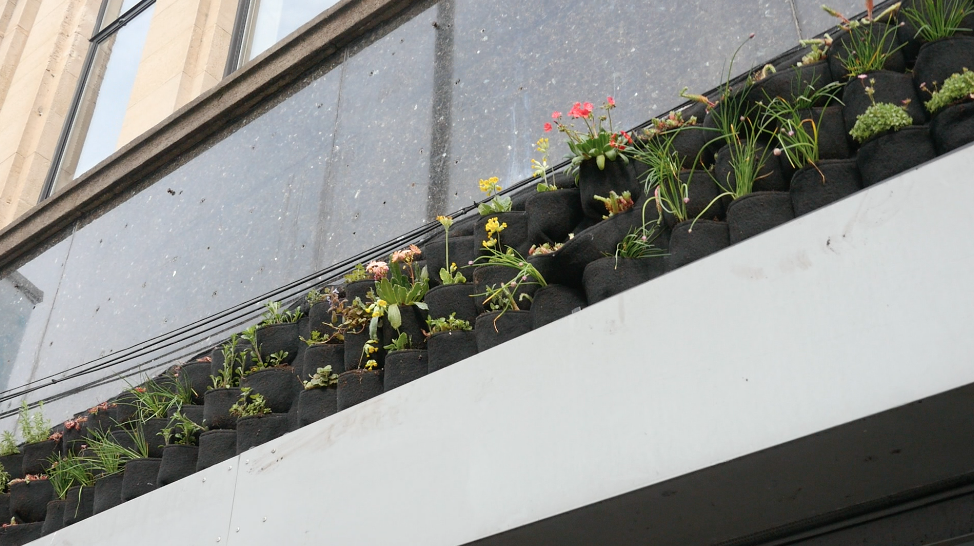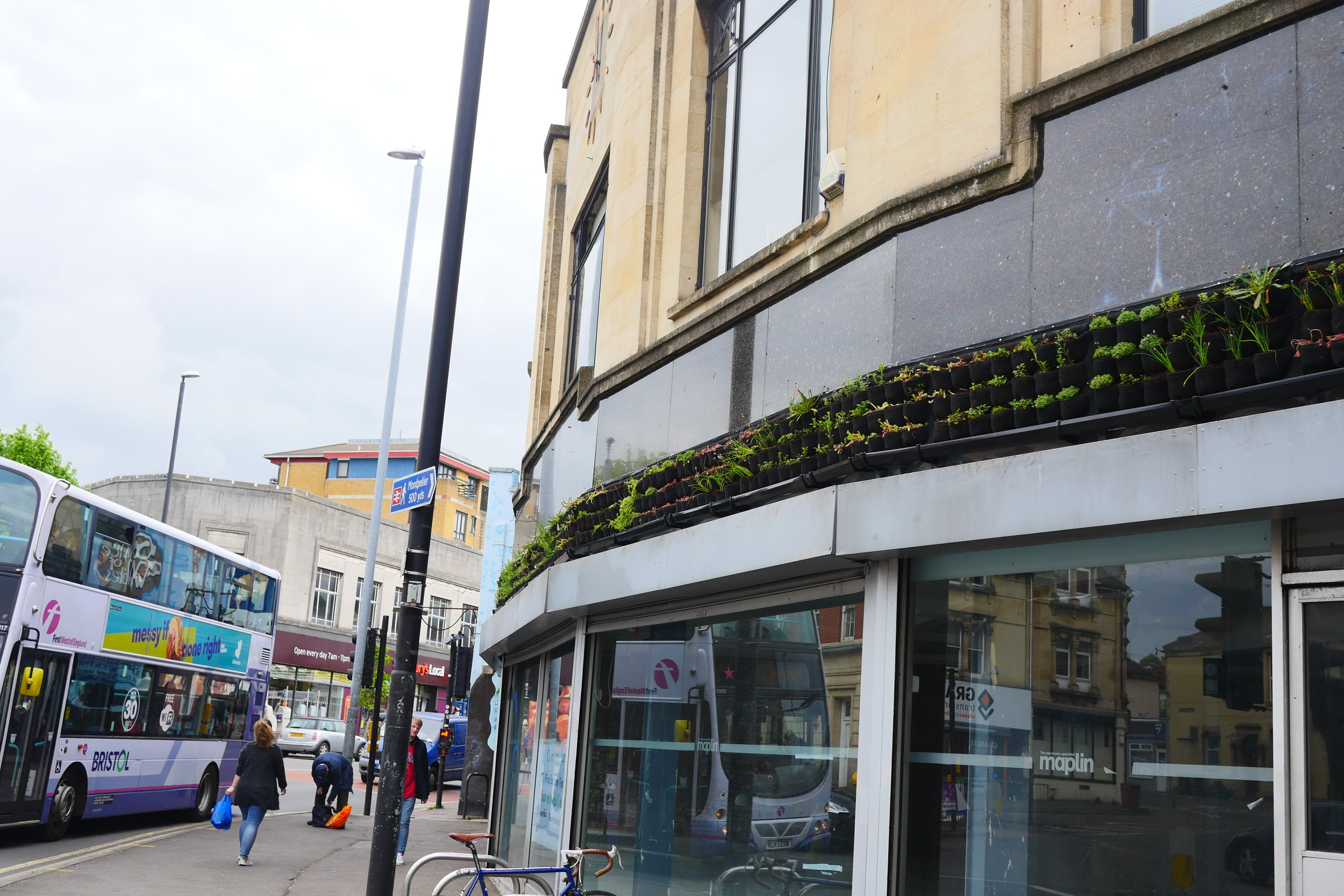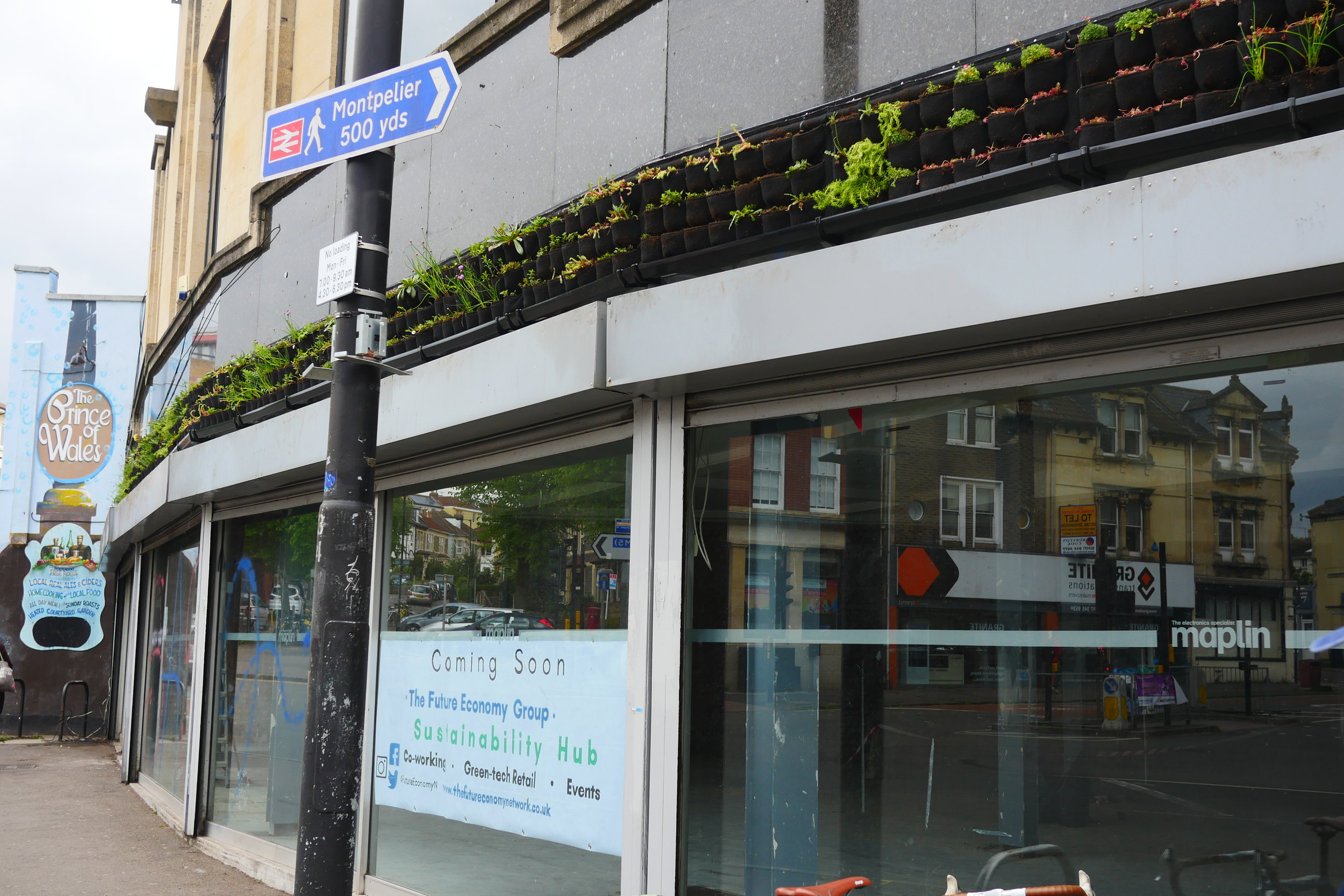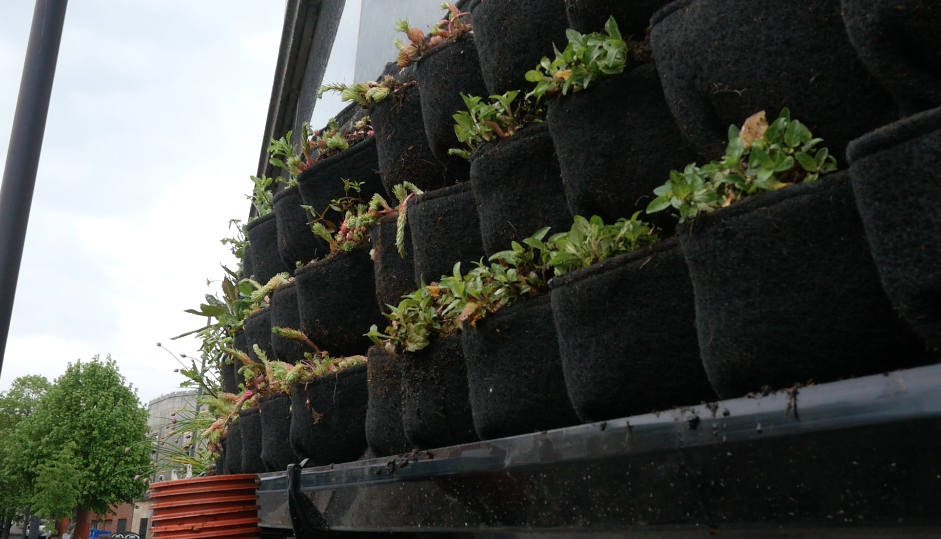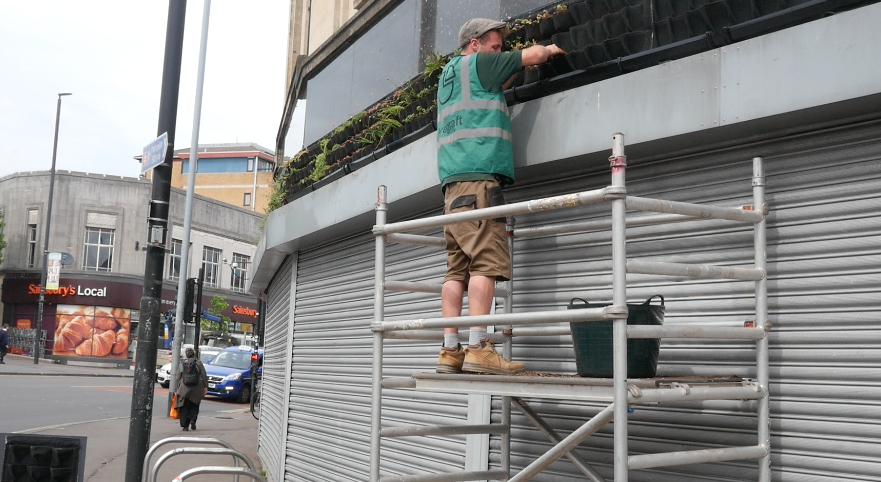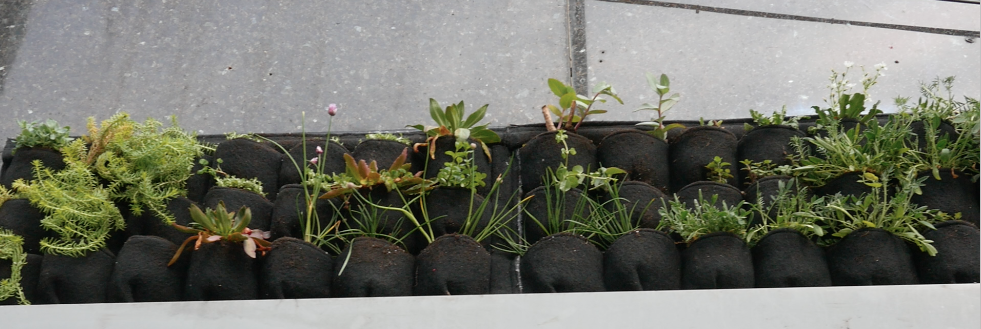Festive greetings to you all! An earlier than usual newsletter from us this month as a few of us are disappearing for the festive period.
Leading A Green Economic Recovery For Bristol and Beyond
“ From ground source heat pumps to a rainbow chair made from recycled crisp packets, pioneering products within Future Leap showcase the possibilities of a low carbon future. ”
Kickstarting Action on Sustainable Business Practices! - September Update
I hope you are all well and have returned to work re-energised after the summer break. Here at The Future Economy Network, we've enjoyed a little down time over August but are back in full swing now with a jam-packed events calendar and many exciting collaborations under way!
Renewably re-energised and ready to address your climate actions! - August update
Welcome to the Hub/the Network/the team! - July update
Frankly and Unearth Store partner up with Future Leap and The Future Economy Network to launch a pop-up in Bristol
Frankly and Unearth Store, two new ethical and sustainable gifting and fashion online stores have partnered with Future Leap to open a temporary pop-up this summer. Both e-commerce platforms will showcase their ethical and sustainable products in this new £1.5m sustainability hub located on Gloucester Road, in the former Maplins building.
Future Focused or Forget It! - June update
I always open our weekly sustainability events with a reminder of why such knowledge sharing is important. I start by citing the 2018 IPCC Special Report on Global Warming of 1.5C and the need for…
Our Event Space is open for bookings!
With our newly opened Future Leap Hub on Gloucester Road growing in interest, we are excited to be lining up a number of external events in our dedicated events space.
January Update!
December Update!
November Update!
FEN October Update!
Our Busiest Month Yet!....
In preparation for these newsletter summaries, I love looking back over my calendar to see all the events and networking opportunities that we have facilitated. Every month is always jam packed with great stuff but this month has to have been our busiest and I would like to take the opportunity to thank The Future Economy Network Team for pulling out all the stops.
Have you seen our living-wall?
FEG July Update!
FEG June Update
This month sees a continued ramping up of activity within the Network, where we have welcomed three new members to our events team. In recognition of a growing regional subscriber base, we are branching out into North Somerset, South Glos, Wiltshire and beyond over the coming months. New team members, Olivia and Davina will help with this increased activity and will be instrumental in our launch event taking place in North Somerset on 28th June. This month also saw the first two events in our carbon neutrality series with over 100 people booked into the two events. See our Events Calendar for other upcoming sustainability-related networking events.
FEG May Update
With the screening of David Attenborough’s recent Climate Change documentary, the activities from Extinction Rebellion and the release of the recent Committee on Climate Change Net Zero report, there is little doubt that things are picking up a pace within the climate change movement nationally. And The Future Economy Network is proud to be doing their bit on both a local and regional level.
The Future Economy Group’s ultimate guide to planting a living green wall on your building!
Our living-wall is nearly 30 metres long, and has over 25 plant species, from bee-friendly wildflowers to native alpines and succulents. It improves local air quality, insulates the building, reduces noise pollution and provides food for our urban pollinators and also makes everyone smile as they walk past! It took weeks of careful planning, design and installation, but is now up and settling in
The Materials we used
The livingwall system is known as a phytotextile system and comprises 3 layers: the back layer is a waterproofing layer and is made from a blend of recycled plastics. The middle layer is the rooting layer, and is made from pasteurised mixed felts and natural fibres made from recycled post-consumer upholstery waste.
The front layer is a breathable 'phytotextile' made from a blend of mineral wool and plastic fibre, formed into small planting pockets. The phytotextile creates an ideal environment for plant growth. The textile is air and water porous, but has a fine enough structure to hold in sediment, fines and nutrients. The textile is UV stable, non-toxic, tear-resistant and acts as a support structure for the plants. The system is mounted to a plaswood batten support substructure. The plaswood we use is sourced from Swansea, and is made from 100% recycled agricultural plastics. It is rot-resistant, strong, robust and behaves the same as timber, but lasts a lot longer, and locks up carbon that would otherwise end up in landfill. We backfilled the void behind the substructure with reclaimed insulation from the fitout - this adds to the existing dynamic insulation value of the livingwall, helping keep the building warm in the winter, and cool in the summer. The system is carbon neutral upon installation, and will start sequestering further carbon from the first day of planting.
Irrigation
Water is automatically emitted into the irrigation layer via a system of emitter lines, which emit small, precise quantities of water directly into the rootzone of the plants. This maximises water efficiency and also prevents soil and nutrients from being washed out of the pockets. At present, for the livingwall to establish, we are using mains water, but will be installing rain water harvesting ongoing. The system will run for about 3 minutes, 3 times a day. The system will use approx 12 litres of water a day on average, with less in the winter, and more in the summer.
Plant species
The plant species used have been selected for air quality benefits, and also as best for pollinating insects. All the species used are adapted to low nutrient, shallow soils, and many are found naturally growing in crevices, cliff faces and hillsides, making them ideal for use in a livingwall system. There are around 600 plants in total. Around 300 are a mix of native wildflowers which are great for pollinating insects, these include species such as Ox Eye Daisy, Kidney Vetch, Creeping Jenny and Birdsfoot Trefoil. Around another 200 are native succulents from the family Sedum, which are typically found on livingroofs. These include Sedum reflexum, Sedum Alba, Sedum Spurium, Sedum Morganium, amongst others. The remaining 100 are a mix of a robust succulents and alpines which have been trialled on other projects across the UK. They are chosen because they are robust, have all year round interest and perform well at cleaning the air. From ongoing research, for maximum air quality remediation, the best approach is for maximum foliar diversity - that is to have lots of different types of leaf - grass-like, succulent, waxy, broadleaf - this is to maximise particulate capture as polluted air passes through the foliage. The substrate used is a reclaimed, recycled blend of expanded clay, perlite, crushed aggregate waste, soil, compost and horticultural grit. The system is inoculated with mycorrhizal fungus prior to planting, to ensure a robust network is established between beneficial microbes and fungi, and the root networks of the plants.
Lifespan.
The lifespan of the system moves in decimal places from the front (the plants) to the rear (the substructure) - most of the plants will live for around 10 years. The phytotextile fabric may continue to perform well for a 100 years, and the plaswood supports should have a lifespan of around 1000 years.
FEG April Update!
Happy Easter one and all, hope this means that you have had a chance to take some time off work, or at least to work whilst enjoying an Easter Egg or two! Another fun month for The Future Economy Network with the delivery of 3 events and continued progress within our carbon neutral sustainability hub!
FEG March Update!
Phew, this month has been a busy one so far! Progress continues on our new carbon neutral sustainability hub. We are pretty much down to a blank canvass and now it is decision time as to how the re-fit should look. These decisions have been greatly aided by the support of our Architects and some of our Network Subscribers who took the time one evening to tour the building and share their thoughts on how we can achieve carbon neutrality. Huge thanks to all of you who attended!
3 energy efficient ways to reduce your heating bills and lower carbon emissions
Every year in the UK we spend millions more than we actually need to heat our homes and workplaces. However, a lot of what is really costing us and the environment is ‘heat loss’. There are actually some really simple and low-cost solutions to reduce your heating bills, by using insulation tactics and also improving the speed of our heating systems. In this blog, we’ll take a look at the most do-able options, all of which have a payback in 6 months or less!


















